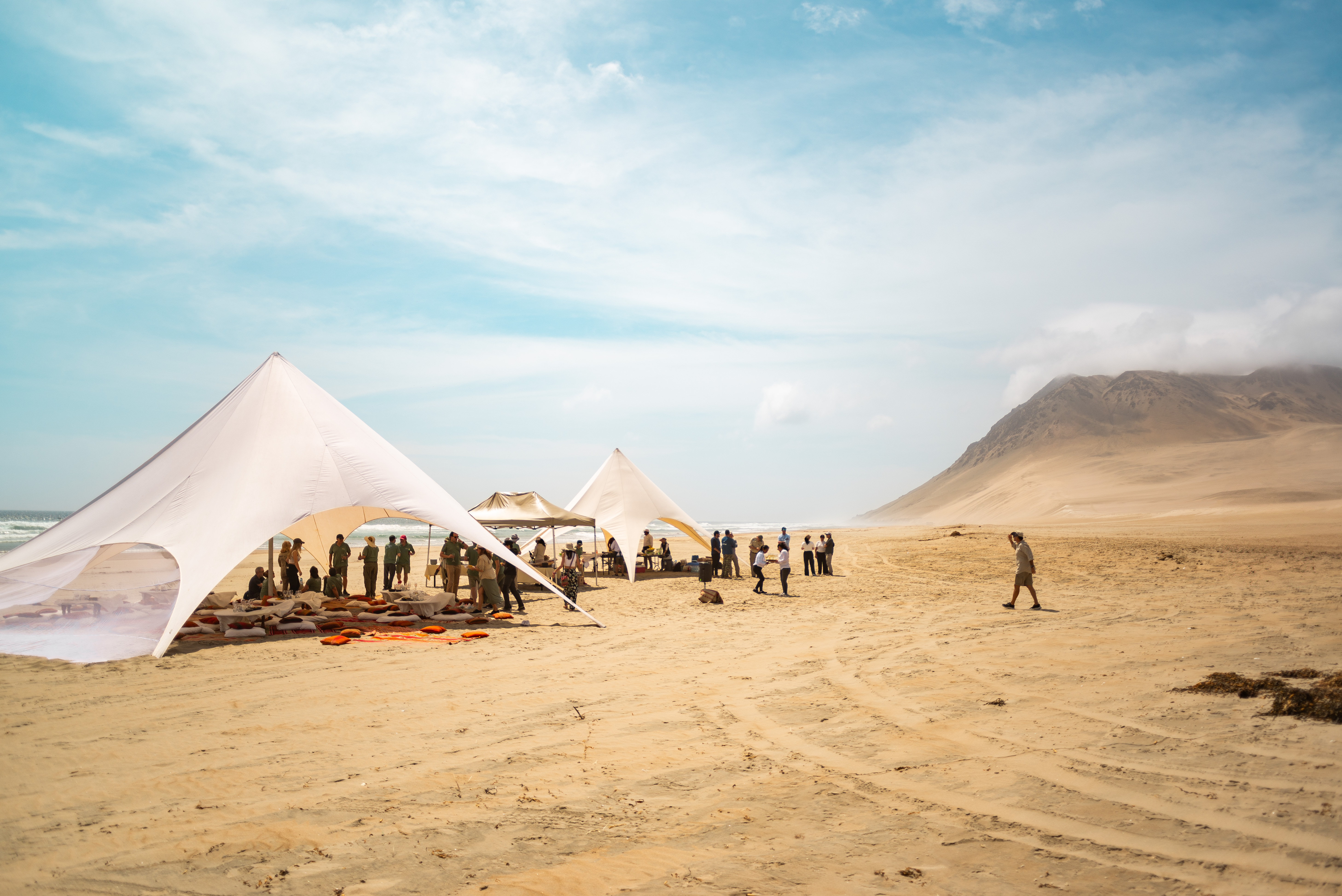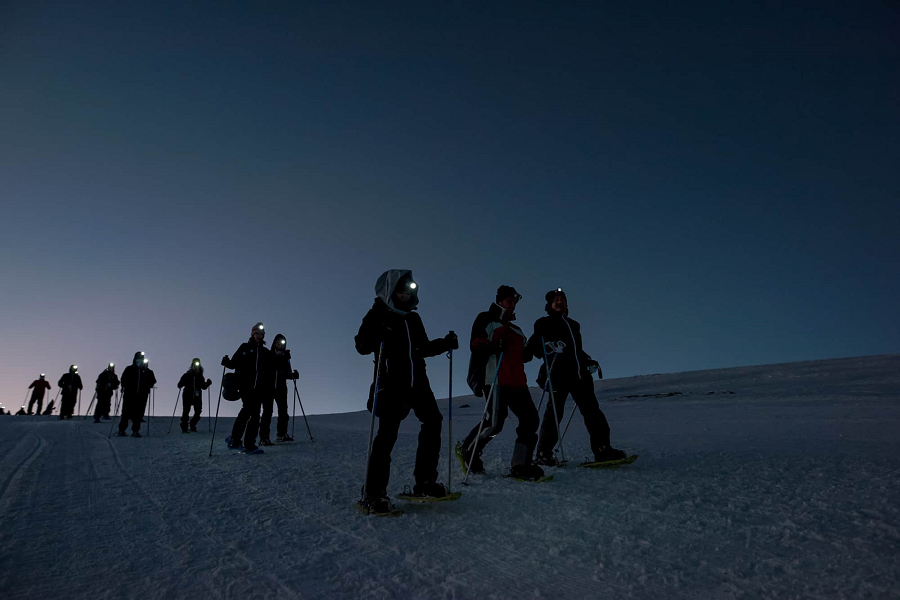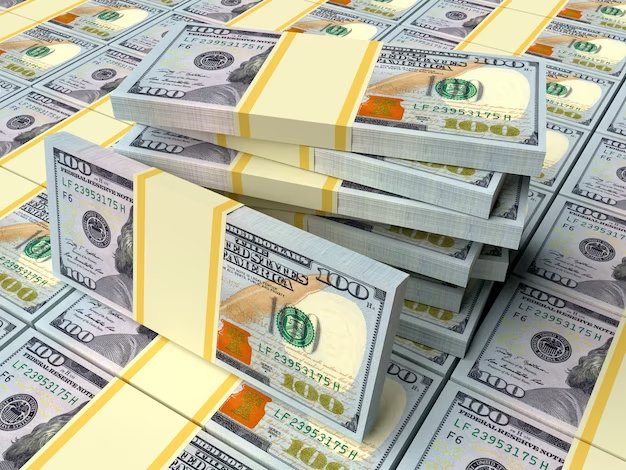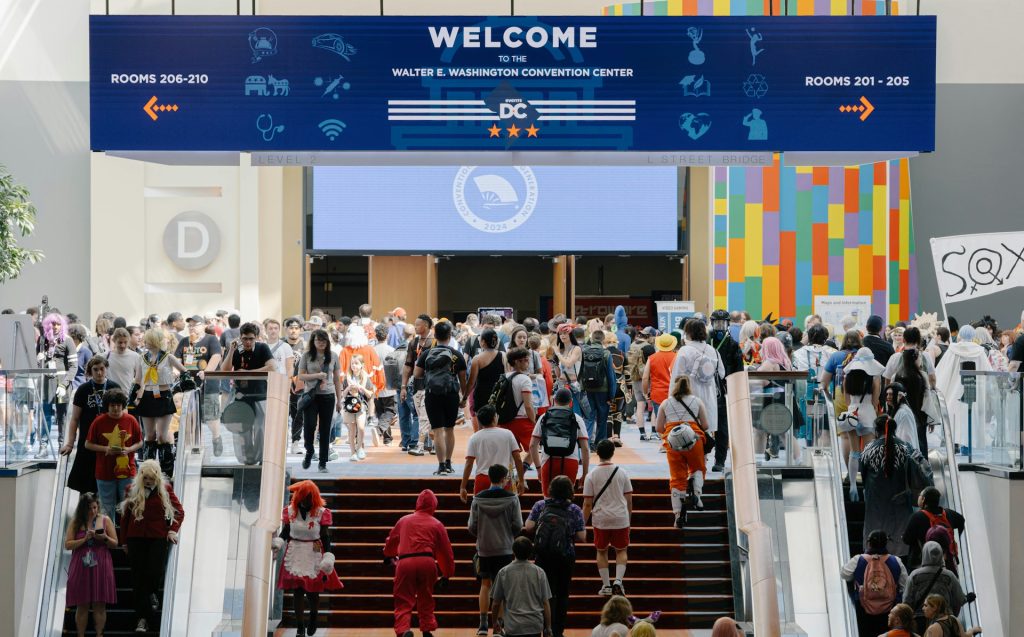The incentive market is doing good, and mildly optimistic for 2025
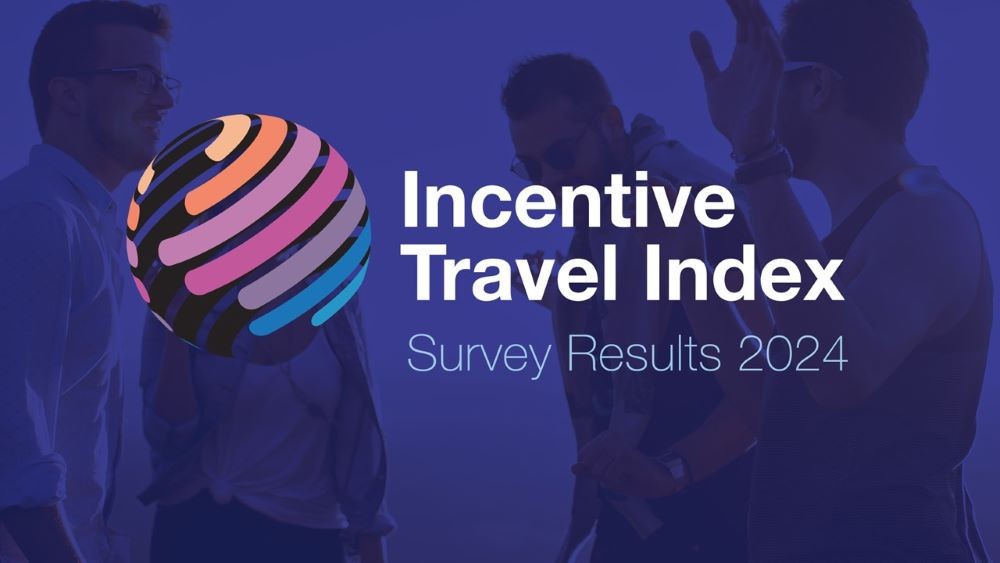
Share news
Listen
First a disclaimer: the study is made through an online questionnaire to travel industry professionals, from convention bureaus to DMCs and outgoing travel agencies… and clients. The tendency of humans to view favourably their own activity could push these results to a more positive light than they really are.
- The industry is moderately optimistic for 2025, with inflation still to be digested: only 37% of buyers expect the level of activity to grow in 2025 (45% in 2026), and 20% expect budgets per person to grow (11% see declining spend per person). Inflation is still a problem, with 31% of buyers seeing their budgets trailing inflation and 38% matching inflation.
- Hotels and air transport, the bulk of the cost and cost increases. Hotels represent 27% and air transport 21% of the incentive’s cost, totalling almost half. And they come top in the list of cost increases, quoted by respectively 50% and 47% of professionals.
- A budget of 4,900 dollars on average. That is the price of an incentive trip per participant on average. A significant investment, hence, the importance of ensuring ROI, which is a focus of clients. This figure is lower in Europe (4,000 dollars) than in North America (5,400).
- Main activities for a successful incentive vary per regions. While in North America free time tops the list of criteria (quoted by 60%), in Europe it is group dining experiences (60%) and in Asia Pacific, cultural activities and sightseeing (57%) which appear as more important. These criteria that the survey suggests can be disputed but the tastes differences are notable.
- Soft and hard objectives. Incentive programmes and incentive travel can help meet many types of objectives, as we analysed in our special report on the value of incentive travel for companies (in Spanish). Which ones tend to be priorities? The soft ones, according to this new report. Incentive travel has according to 58% of professionals a growing objective of “motivation and culture building”, while 40% rather highlight the hard objectives of “financial ROI”. Obviously both types of objectives matter and complement each other.
- Retaining employees top the list of priorities of incentive travel, with 81%, followed by bringing onboard new generations of leaders and qualifiers (68%). In an era of war for talent, a tool which helps you retain your top talent is obviously extremely valuable.
- The times they are a’changing. 67% believe a “retool” of incentive travel is needed to adapt to new generations. And 47%, a significant number, think incentive travel is lagging in an era of generational change. Meeting the needs and tastes both of youngsters and more mature generations will be an interesting challenge.
- Sustainability not seen as a strong challenge. Only 23% of participants see increased focus on sustainability as a challenge in the long term (only 13% short term), and only 18% think that in a few years long-haul travel will no longer be justifiable in an era of climate change. These figures could surprise… but are probably right: despite climate change, fly-shaming is marginal and air transport is in full form…
- Where does the money of an incentive trip go? The incentive travel budget in Western Europe goes to hotels (30%), airfare (20%), F&B (19%), activities (12%), agency fees (7%) and ground transport (8%).
- Tech, finance and automotive, the big spenders. The industries investing more per person are technology (5,200 dollars per person), finance and insurance (5,000), automotive (5,000), followed by manufacturing (4,700) and healthcare (4,600) and direct sales (4,200).
You can download the report here
And while you are at it you can download our report on the power of incentive travel too (in Spanish).


